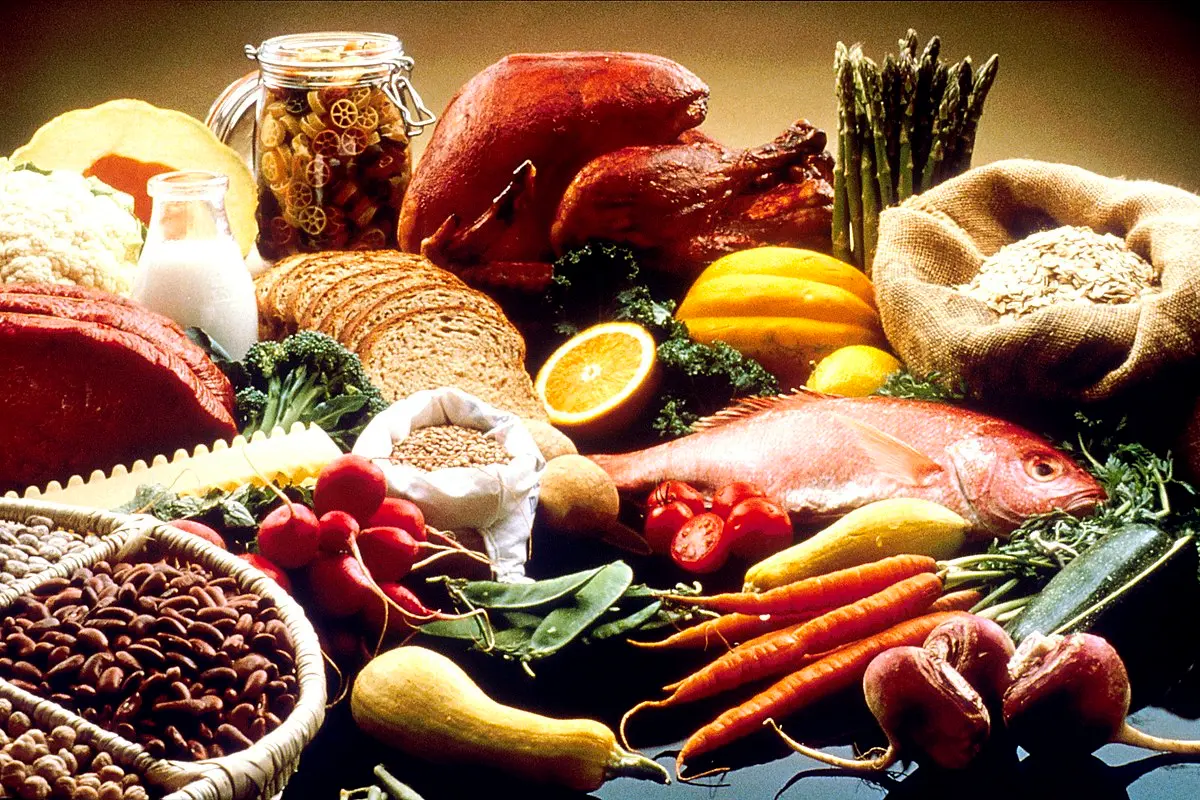Europe’s history of food and medicine is deeply connected. For centuries, the line between a meal and a remedy was unclear. What we now call cooking was once a form of healing. Wine, herbs, and even chocolate were prescribed as cures long before modern medicine developed. Many of these beliefs came from observation, while others from faith or habit. It may seem strange today—just as playing a crazy balls casino game might appear far removed from serious study—but for early Europeans, the act of eating and drinking was inseparable from the idea of maintaining health.
The Roots of Food as Medicine
The idea that food could heal dates back to ancient Greece and Rome. Physicians like Hippocrates and Galen believed that the human body was governed by four humors: blood, phlegm, yellow bile, and black bile. Illness meant imbalance. Food and drink were used to restore harmony.
This belief shaped medical thinking across Europe for centuries. Monks, herbalists, and early physicians prescribed diets for almost every condition. The right soup could calm the stomach; wine could “warm” the blood. Medical practice and cooking shared ingredients, and both were seen as acts of care.
Wine as a Healing Drink
Wine held a special place in European medicine. It was not just a drink but a treatment. Doctors in medieval and early modern Europe used it as a disinfectant, a digestive aid, and a carrier for other medicines. It was believed to purify the blood and strengthen the heart.
When clean water was hard to find, diluted wine was safer to drink. Physicians advised patients to consume it in moderation for vitality and calmness. In monasteries, wine infused with herbs like sage, rosemary, or thyme was given to the sick. This practice helped shape Europe’s later tradition of herbal liqueurs and fortified wines, which often began as medicinal brews.
Chocolate and Coffee: The New “Remedies”
When chocolate and coffee arrived from overseas in the 16th and 17th centuries, they were not treated as ordinary drinks. European doctors viewed them as medicines first. Chocolate was believed to strengthen the body, ease digestion, and improve mood. Coffee, on the other hand, was prescribed for headaches and melancholy.
Physicians debated how these new products should be used. Some argued they were dangerous stimulants; others called them divine gifts. Coffeehouses became places not only of conversation but also of experimentation. People drank for alertness and mental clarity, treating fatigue as a kind of illness.
Over time, both drinks moved from apothecaries to kitchens, becoming part of daily life. Yet their early medical reputation helped justify their widespread use.
Spices and the Power of Heat
Medieval Europeans believed that warmth was key to good health. Spices such as pepper, cinnamon, and ginger were used to “heat” the body and prevent disease. Imported from Asia at great expense, they were valued as much for their supposed healing power as for flavor.
Doctors recommended them to balance cold humors or to fight lethargy. Spiced wine, called hippocras, was a common treatment for fatigue or stomach pain. Even sugar, still rare and costly at the time, was viewed as medicinal rather than a sweetener. Apothecaries sold sugar-coated pills and syrups, believing sugar itself supported strength and recovery.
Bread, Milk, and Simplicity in Healing
Not all remedies were exotic. Simple foods also carried medicinal meaning. Bread, especially when made with whole grains, was linked to vitality and moral strength. Milk and butter were prescribed for lung conditions or weakness.
These foods represented stability and nourishment, both physical and spiritual. Monastic medicine emphasized moderation, arguing that balance and plain diets promoted health better than strong spices or alcohol. For the poor, such foods were both medicine and necessity.
Herbal Knowledge and Folk Practice
Beyond formal medicine, much healing knowledge came from local traditions. Villagers used herbs like chamomile, nettle, and fennel to treat fevers, pain, and indigestion. Women often passed down recipes for herbal teas, broths, and tonics.
This folk medicine survived even as professional physicians gained influence. In many rural areas, people trusted herbal remedies more than the theories of scholars. The link between plants, food, and health remained strong, especially in regions where access to doctors was limited.
The Decline of Food-Based Medicine
By the 19th century, scientific progress began to separate medicine from diet. Chemists isolated active ingredients from plants, creating standardized drugs. Hospitals replaced monasteries as centers of care. Food lost its formal medical role, though many traditions lingered.
Still, some foods kept their old associations. Red wine is still linked to heart health in popular thought; herbal teas remain a first step in treating minor ailments. The modern idea of “functional food”—products marketed for health benefits—echoes older European beliefs, just with different language.
What These Beliefs Tell Us
Looking at Europe’s past reveals how closely people once tied survival to what they ate and drank. Without modern science, food was the most direct way to influence the body. Eating was not just pleasure—it was prevention and treatment.
Today, nutrition science revisits some of those old assumptions. While few would call chocolate or wine a cure, the idea that diet shapes well-being is again central to public health. History shows that the boundary between food and medicine is not fixed. It shifts as knowledge and culture change.
Conclusion
Europe’s history with food as medicine is long and layered. From monastery kitchens to urban coffeehouses, meals once carried medical meaning. What began as healing rituals evolved into habits we still recognize—tea for calm, broth for recovery, wine for strength.
The modern view of food as nourishment alone misses that earlier sense of purpose. For centuries, every meal was part of a quiet experiment in health. Understanding that past helps explain not only how Europeans ate, but how they thought about life, balance, and care.
Also Read
- Health Economics Outcomes Research Shaping Decision-Making in Healthcare
- Innovative Solutions to Optimize and Streamline Food Production
- Crypto Chic: How Blockchain Technology Is Reshaping the Fashion Industry
